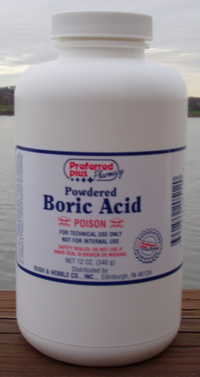Eriochrome Black is use in testing the hardness of water as well as testing of the Calcium and Magnesium serving as indicator.
To prepare the solution,
Dissolve 200 mg of eriochrome black T and 2 g of hydroxylamine hydrochloride in methanol to make 50 mL.


